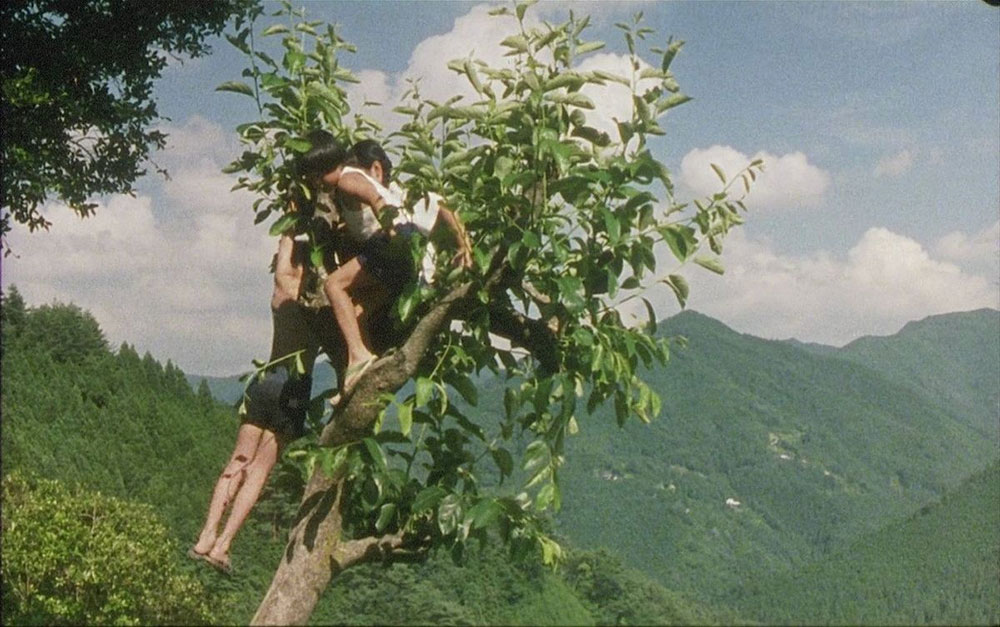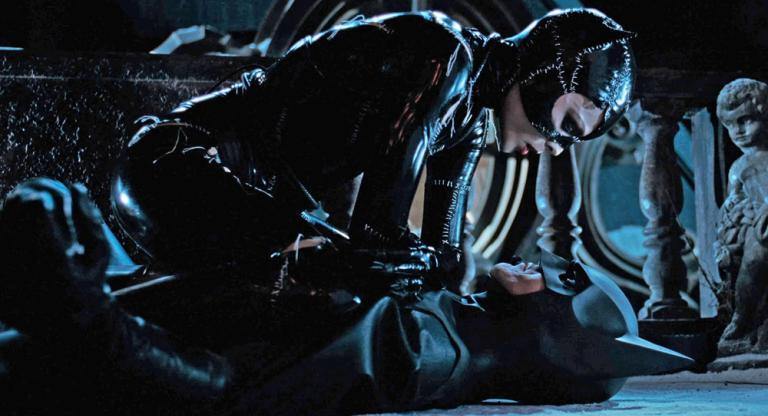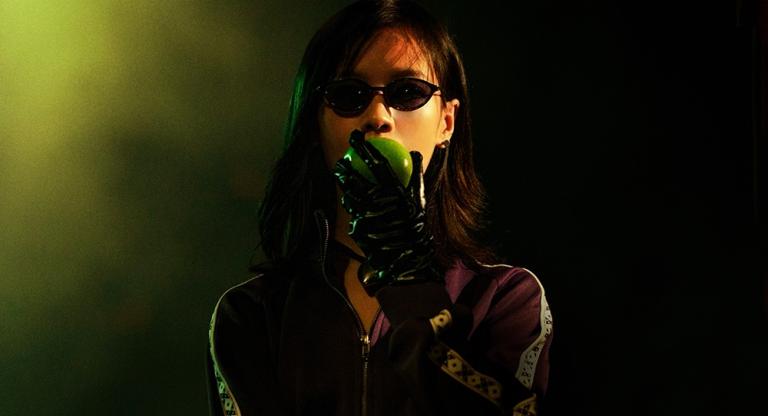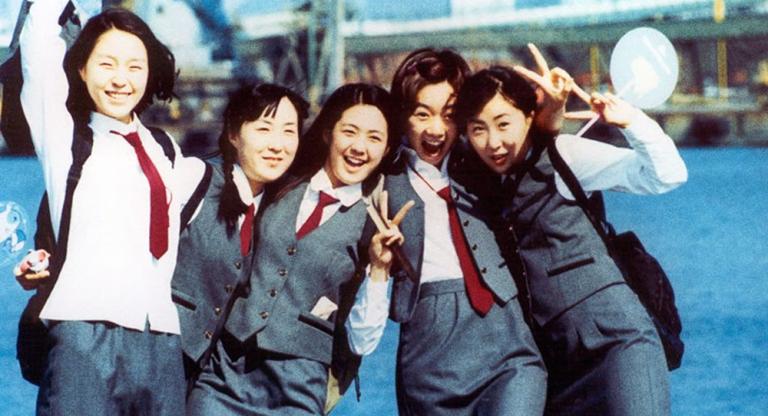
Naomi Kawase’s feature debut, Suzaku (1997), follows the life of a carpenter and his family in rural Japan. Set in a mountain farming community in the Nara Prefecture, the first section of the film shows a period in their lives that appears ideal. The carpenter’s daughter and nephew are young, the centuries-long way of life in the village persists mostly unchanged, and the promise of a new railroad signals a brighter economic future for the community. Suzaku then skips forward 15 years to when the demands of modern life have begun to erode the community’s way of life. The railroad remains incomplete, the rate of work has slowed down, and the village's aging population is increasingly migrating elsewhere. Kawase presents both of these periods in scenes that feel mundane and unconnected in isolation: family dinners, late-night baths, small interactions between villagers, walks and motorcycle rides through the forest, and many moments of quiet longing. But it’s only in hindsight, when Suzaku reaches its final stretch, that it becomes clear we’ve missed the forest for the trees. These moments don’t take on any new meaning in the film’s final stretch, but instead reveal that their purpose was always self-evident.
Kawase is a seasoned auteur who has, for better or worse, carved out a distinct niche within the Japanese film industry over the last four decades. She has mostly chosen to work in her native Nara, far from Japan's major film production hubs. While her films screen regularly at European film festivals like Cannes, Locarno, and San Sebastian, they’ve struggled to break out of the arthouse festival circuit. Only a handful of her features have found distribution in the United States, and even fewer have been well-liked by critics and audiences; reception of her work often ranges from muted to polite but measured praise. As a filmmaker, Kawase is most interested in how particular shades of light prismatize onto walls of rain, or how the wind ripples through a sea of leaves. Her narratives draw from these natural phenomena, using them as shorthand for her characters’ inner turmoil.
Throughout Suzaku, Kawase observes a fading mode of rural life with unaffected simplicity. The personal conflicts of her characters are much like the light that cascades through the forests of her native Nara: the natural texture of everyday life. She does not superimpose any grander themes on them; instead, she chases a feeling. Her intention is best summarized in the film's penultimate sequence, when the family gathers to watch a home-movie that the father recorded in their village. What follows is a montage of light and wind cascading through foliage, and the smiling, weathered faces of villagers as they stare directly into the camera set to an instrumental piano track that's a personal favorite of the father. This simple sequence shows that Kawase is strongest when she operates at her most intuitive. Her images are guileless, revealing that life is most deeply felt when viewed without pretense.
Suzaku screens this evening, May 7, at Asia Society on 35mm as part of the series “Films to See Before You Die.”


